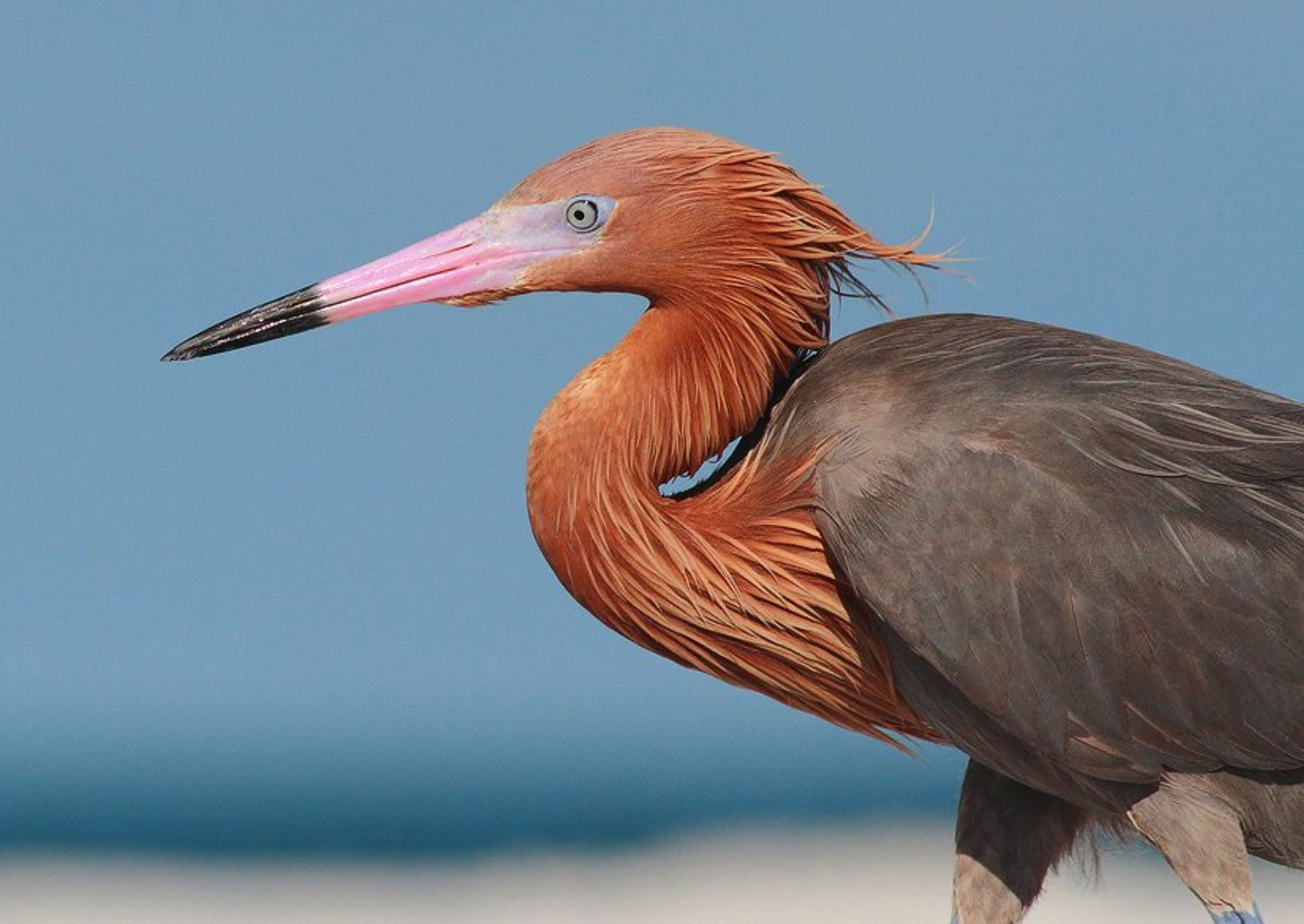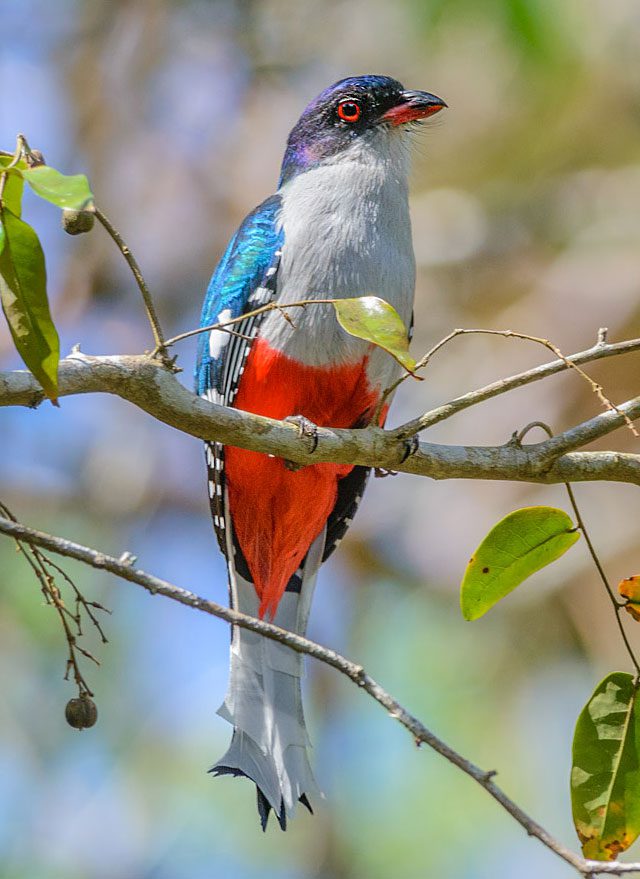10 Things You Might Not Know About the U.S., Cuba, and Birds
March 22, 2016
President Barack Obama is the first sitting-U.S. President to visit Cuba in 90 years. While the U.S. is just reopening diplomatic ties with the island nation due south of Florida, the Cornell Lab of Ornithology has been cooperating on scientific research and conservation projects in Cuba for over a decade. And going back 20 years, scientists and conservationists in the U.S. and Cuba have worked together to assess and protect shared natural resources, including migratory birds.

Here are 10 other things you might not know about the U.S., Cuba, and birds:
- The United States and Cuba share over 250 migratory bird species that fly between our countries.
- About one-third of migratory birds species protected under the Migratory Bird Treaty Act, and two-thirds of migratory birds species protected under the Neotropical Migratory Bird Conservation Act, migrate through or winter in Cuba.
- 98% of Ospreys from the eastern United States and Canada migrate to or through Cuba (the Osprey’s Spanish name in Cuba is “Guincho”).
- The spectacular Painted Bunting (or “Mariposa” in Spanish) has a dual citizenship, living in both the United States and Cuba at different times of the year.
- Eight endangered North American bird species, including the Piping Plover, have resident or wintering populations in Cuba.
- Our two countries share populations of more than 20 species of birds that breed in both nations, such as the Reddish Egret (“Garza Rojiza” in Spanish)—which is protected as a declining species in our coastal ecosystems.
- Cuba has 26 endemic species that are found nowhere else in the world.
- The magnificent Cuban Trogon (or “Tocoro”) is red, white, and blue. It’s Cuba’s national bird.
- The Bee Hummingbird (or “Zunzuncito”) is a miracle of nature. The smallest bird in the world, it weighs less than a penny.
- The Fernandina Flicker (or “Carpintero Churroso”) is one of the world’s rarest birds, found only in Cuban Palm Savanna ecosystems.
Cuba-U.S. Thaw Should Ease Scientific Collaborations

All About Birds
is a free resource
Available for everyone,
funded by donors like you
American Kestrel by Blair Dudeck / Macaulay Library
